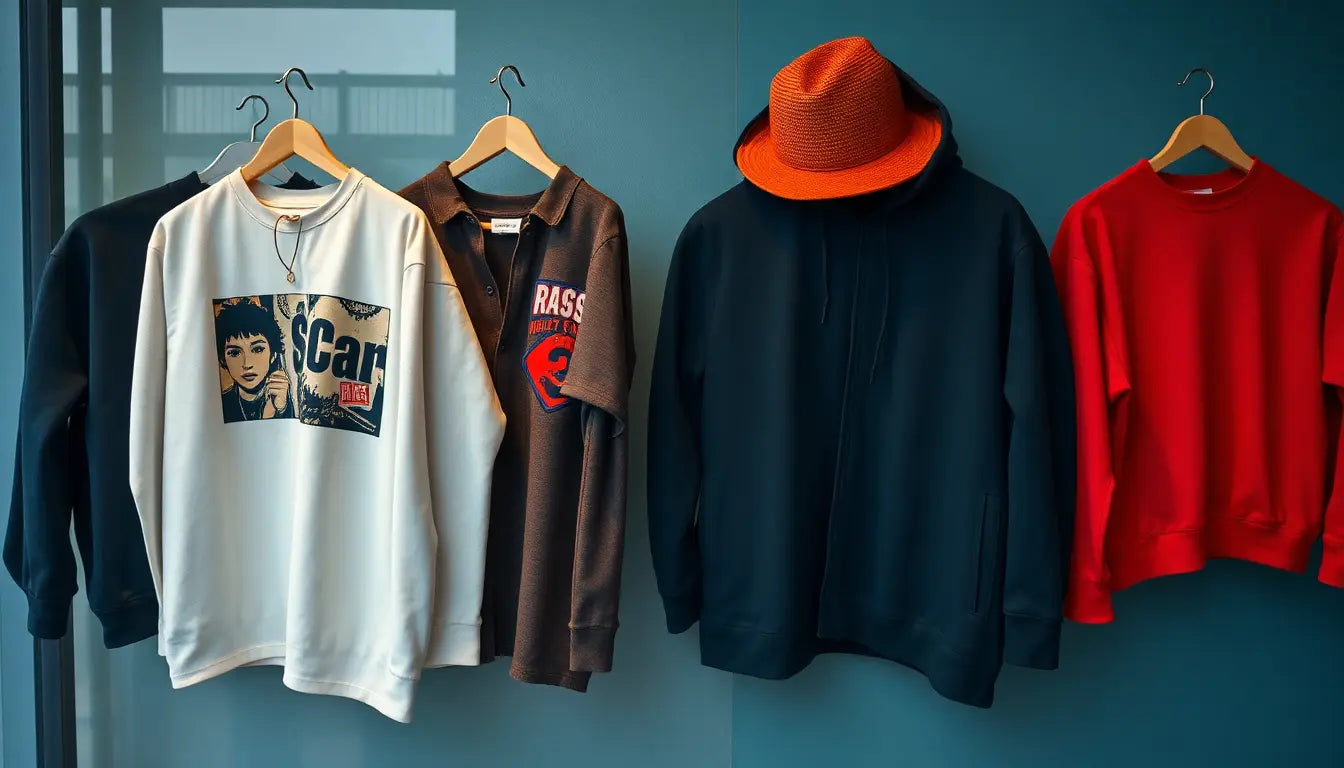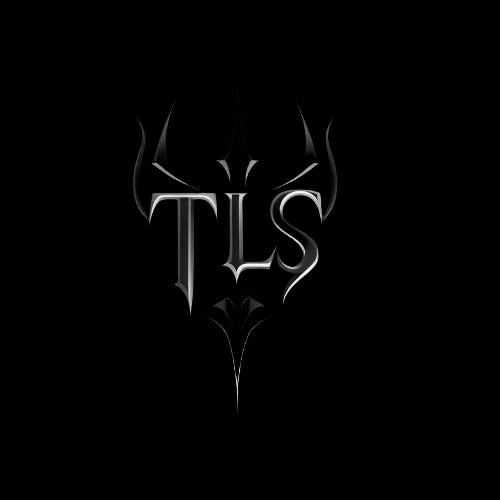
Tommy Lee Sparta Merch and the Microfactory Movement: How Local Makers Are Transforming Dancehall Streetwear
Introduction
Tommy Lee Sparta merch is no longer just concert swag or a side product of fame. In 2025, it stands at the intersection of music, culture, and artisanal manufacturing. The rise of the microfactory movement has enabled local makers across Jamaica and the global diaspora to reinterpret dancehall streetwear with speed, sustainability, and an authenticity that resonates with fans. This article explores how artist-led merch, microfactories, and community-based makers are transforming the landscape of dancehall fashion, and why this matters for fans, makers, and the wider apparel industry.
Why This Topic Matters in 2025
Fast fashion fatigue, supply chain disruptions, and a growing demand for provenance have pushed consumers toward smaller runs and authentic narratives. For the dancehall scene, where scarcity, symbolism, and identity are central, the microfactory model offers a practical and cultural fit. Tommy Lee Sparta merch exemplifies this shift: limited drops, collaborative releases, and community-made pieces tell stories that mass-produced goods cannot.
Who Is Tommy Lee Sparta and Why His Merch Matters
Tommy Lee Sparta emerged from Kingston as one of dancehall's darker, more provocative voices. His aesthetic is a blend of horrorcore imagery, streetwise style, and bold branding. Fans connect with the persona as much as the music, which makes official merch a powerful cultural artifact. Beyond the garments, Tommy Lee Sparta merch functions as a social badge, connecting fans across Kingston, Toronto, London, and Miami.
What Is a Microfactory?
A microfactory is a compact, highly automated or semi-automated production facility built for on-demand, small-batch manufacturing. Unlike traditional factories that focus on large runs to drive down unit costs, microfactories optimize for flexibility, speed, and customization. They often combine digital design tools, direct-to-garment printing, small-scale screen printing, embroidery machines, laser cutters, and localized supply chains.
How Microfactories and Local Makers Work Together
- Design Collaboration: Local designers, makers, and artists work directly with the artist or label to develop capsule collections.
- Rapid Prototyping: Digital tools allow makers to test samples quickly and modify artwork or placements based on fan feedback.
- Short Runs: Microfactories produce limited quantities, often numbered or signed, increasing desirability.
- Fulfillment Integration: On-demand production is paired with local fulfillment services to reduce shipping times and carbon footprint.
- Community Storytelling: Makers add provenance tags, maker bios, and localized storytelling to each product.
Why Dancehall Streetwear Benefits from Local Production
Dancehall is inherently local and global at once. The sounds are rooted in Jamaica but consumed worldwide. Local production preserves cultural specificity while catering to a global fanbase. Specific benefits include:
- Authenticity: Garments made by people who live the culture feel more authentic.
- Speed to Market: Drops tied to singles, videos, or tours can be produced fast.
- Reduced Waste: Small runs minimize overproduction and unsold inventory.
- Economic Impact: Local jobs, skill-building, and revenue stay within the community.
Production Techniques Used by Microfactories
Microfactories employ a variety of techniques that suit small-batch and high-customization needs. Key methods include:
- Direct-to-Garment (DTG) printing for full-color, low-volume runs.
- Screen printing for bold, durable graphics in slightly larger micro-runs.
- Embroidery for premium embellishments and logo work.
- Sublimation printing for all-over designs on polyester or performance fabrics.
- Heat transfer and vinyl for limited-edition typography and patches.
- Laser cutting and engraving for bespoke accessories and leatherwork.
Case Studies: Real-World Examples
Several artist-driven initiatives illustrate how microfactories and local makers are changing the game.
- Tour-Only Drops: Local microfactories produce exclusive tour shirts and jackets available only at shows. These items often feature venue-specific artwork and are numbered to increase collector value.
- Collaborative Capsules: Tommy Lee Sparta partnering with a Kingston designer to release a 200-piece capsule that combines dread-inspired graphics with upcycled denim made at a neighborhood workshop.
- Community Pop-Ups: Pop-up events where makers and the artist meet fans, explain production methods, and sign limited pieces. These events deepen fan engagement and boost social proof.
Materials and Sustainability
Microfactories often emphasize materials that align with sustainable values. Common strategies include:
- Using organic cotton, recycled polyester, and certified sustainable fibers for core garments.
- Upcycling vintage garments into new styles, a popular trend in streetwear circles.
- Local sourcing of trims and labels to reduce shipping emissions and support other local businesses.
- Waste-minimizing cutting practices and reusing scrap material for accessories or patches.
Marketing and SEO Strategies to Amplify Tommy Lee Sparta Merch
To rank highly for terms like Tommy Lee Sparta merch, microfactory, and dancehall streetwear, artists and makers should combine creative storytelling with technical SEO. Key strategies include:
- Keyword Integration: Use target keywords naturally in product pages, blog posts, and meta titles. Examples: Tommy Lee Sparta merch, limited edition dancehall streetwear, Jamaican microfactory apparel.
- High-Quality Content: Publish behind-the-scenes articles, maker interviews, and production videos that demonstrate authenticity.
- Local SEO: Optimize for local searches by claiming Google Business Profiles for microfactories and listing maker locations.
- Structured Data: Implement schema markup for products, reviews, and events so search engines better understand drops and availability.
- Social Proof: Feature fan photos, testimonials, and influencer collaborations to build trust and boost organic social signals.
- Backlinks: Secure features in fashion, music, and culture publications that link back to product pages and drop announcements.
Pricing Strategies for Small-Batch Merch
Microfactory-made merch often carries a price premium due to small runs and higher per-unit costs. Pricing strategies that justify the premium include:
- Limited Edition Pricing: Emphasize scarcity and number each item to increase collector appeal.
- Tiered Releases: Offer standard tour shirts at accessible prices and premium collector items at higher tiers.
- Bundle Offers: Pair apparel with signed prints, stickers, or digital downloads to increase perceived value.
- Transparent Pricing: Explain how local production and sustainable materials impact cost to build customer trust.
Legal and Licensing Considerations
When producing artist merch, clear legal frameworks are crucial.
- Trademark and Copyright: Ensure artwork and logos are cleared and properly licensed to avoid disputes.
- Artist Royalties: Establish transparent royalty structures for the artist and collaborators.
- Manufacturer Agreements: Contracts should specify production timelines, quality standards, and liability for defects.
- Export Compliance: If shipping internationally, be aware of customs, tariffs, and labeling requirements.
How Fans Can Identify Authentic Tommy Lee Sparta Merch
Counterfeits are a concern for any high-demand artist. Fans can protect themselves by:
- Buying directly from official artist stores, verified platforms, or announced microfactory partners.
- Checking for provenance clues like edition numbers, maker tags, and signed certificates.
- Confirming drop announcements through the artist's official social media channels and mailing lists.
- Inspecting quality of materials and print work; microfactory pieces usually show superior construction and unique detailing.
The Cultural Impact: Identity, Community, and Representation
Fashion is a language of identity. Microfactory-made Tommy Lee Sparta merch reinforces cultural narratives in several ways:
- Representation: Local makers from Kingston and Jamaican diaspora communities infuse garments with authentic visual language.
- Community Building: Pop-ups, maker workshops, and tour events turn merch into community rituals.
- Preserving Craft: Small-scale production keeps artisanal skills alive and adapts them to contemporary streetwear.
Challenges Facing the Movement
The microfactory model is powerful but not without obstacles:
- Cost: Smaller runs mean higher per-unit costs which can limit accessibility for some fans.
- Scaling: Maintaining quality while scaling successful drops requires careful planning.
- Infrastructure: Reliable access to equipment, materials, and digital tools can be uneven, especially outside major cities.
- Education: Makers and artists need business skills, legal literacy, and digital marketing knowledge to succeed.
Future Trends to Watch
Several trends will shape the next phase of dancehall streetwear and microfactory collaboration:
- Increased Use of Digital Twins: AR try-ons and NFTs tied to physical drops will deepen fan engagement and prove authenticity.
- Blockchain Provenance: Immutable records of production and ownership for high-value limited pieces.
- Hybrid Retail Models: Pop-ups with local makers paired with online limited drops to reach global fans while retaining local roots.
- Expanded Maker Networks: Regional networks of microfactories collaborating on cross-island or cross-city releases to scale capacity without losing locality.
How Artists and Makers Can Start
For artists, labels, and makers interested in entering this space, a pragmatic roadmap looks like this:
- Define the Story: Clarify what the merch represents and which cultural elements to highlight.
- Partner Locally: Identify trusted microfactories and makers with relevant skills and capacity.
- Prototype: Produce small sample runs and test designs with fan groups or at live events.
- Set Up E-Commerce: Use platform features that support limited drops and preorders to manage demand.
- Market Strategically: Announce drops with behind-the-scenes content, maker profiles, and SEO-optimized landing pages.
- Measure and Iterate: Track sales, engagement, and feedback to refine future releases.
Conclusion: What This Means for Dancehall and Streetwear
The synergy between Tommy Lee Sparta merch and the microfactory movement illustrates a broader shift in how music, fashion, and manufacturing converge. Fans are not just buying garments; they are investing in culture, craft, and community. Local makers bring cultural fluency, speed, and sustainability to a scene that prizes authenticity. As the movement matures in 2025 and beyond, expect more artist-led collaborations, smarter drops, and stronger maker economies that preserve and amplify dancehall heritage while pushing streetwear into new creative territory.
If you want to support this shift, buy directly from official drops, attend local pop-ups when possible, and follow maker collectives to learn how their work reflects and sustains dancehall culture. Every purchase becomes a vote for a more equitable, creative, and authentic fashion ecosystem.
Further Reading and Resources
- Local maker networks and directories for Jamaican and diaspora-based microfactories
- Guides to sustainable materials and certifications for small apparel producers
- How to set up preorders and limited drops on popular e-commerce platforms
- Interviews with makers who have collaborated with music artists in the Caribbean scene



